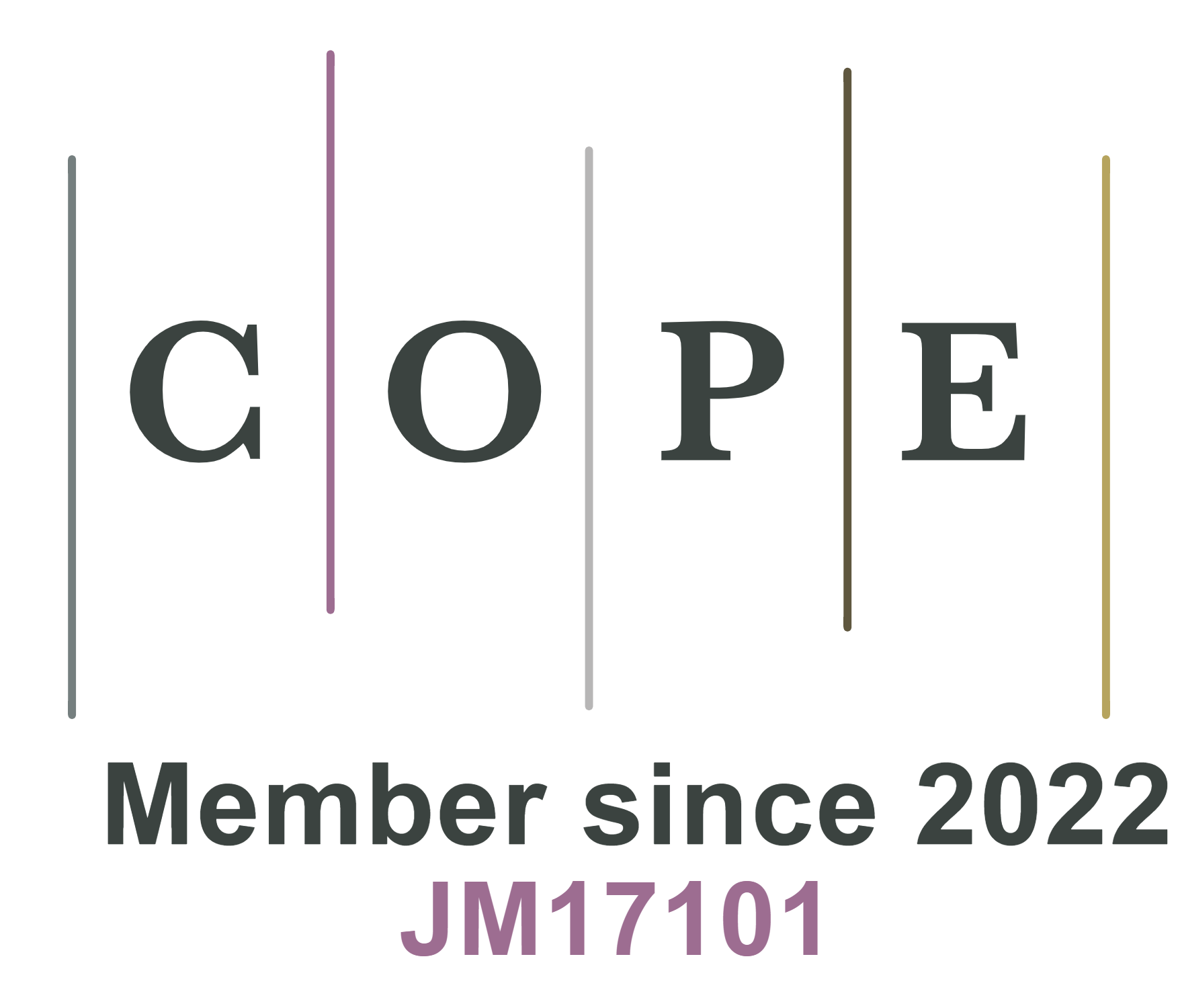REFERENCES
1. Whittingham MS. Lithium batteries: 50 years of advances to address the next 20 years of climate issues. Nano Lett 2020;20:8435-7.
2. Nitta N, Wu F, Lee JT, Yushin G. Li-ion battery materials: present and future. Mater Today 2015;18:252-64.
3. Goodenough JB, Park KS. The Li-ion rechargeable battery: a perspective. J Am Chem Soc 2013;135:1167-76.
4. Zhu C, Sun C, Li R, et al. Anion-diluent pairing for stable high-energy Li metal batteries. ACS Energy Lett 2022;7:1338-47.
5. Etacheri V, Marom R, Elazari R, Salitra G, Aurbach D. Challenges in the development of advanced Li-ion batteries: a review. Energy Environ Sci 2011;4:3243.
6. Li W, Dolocan A, Li J, Xie Q, Manthiram A. Ethylene carbonate-free electrolytes for high-nickel layered oxide cathodes in lithium-ion batteries. Adv Energy Mater 2019;9:1901152.
7. Xu K. Nonaqueous liquid electrolytes for lithium-based rechargeable batteries. Chem Rev 2004;104:4303-417.
8. Marom R, Haik O, Aurbach D, Halalay IC. Revisiting LiClO4 as an electrolyte for rechargeable lithium-ion batteries. J Electrochem Soc 2010;157:A972.
9. Kim J, Lee JG, Kim H, et al. Thermal degradation of solid electrolyte interphase (SEI) layers by phosphorus pentafluoride (PF5) attack. J Electrochem Soc 2017;164:A2418-25.
10. Zhan C, Wu T, Lu J, Amine K. Dissolution, migration, and deposition of transition metal ions in Li-ion batteries exemplified by Mn-based cathodes - a critical review. Energy Environ Sci 2018;11:243-57.
12. Li W. Review-an unpredictable hazard in lithium-ion batteries from transition metal ions: dissolution from cathodes, deposition on anodes and elimination strategies. J Electrochem Soc 2020;167:090514.
13. Betz J, Brinkmann J, Nölle R, et al. Cross talk between transition metal cathode and Li metal anode: unraveling its influence on the deposition/dissolution behavior and morphology of lithium. Adv Energy Mater 2019;9:1900574.
14. Fan X, Wang C. High-voltage liquid electrolytes for Li batteries: progress and perspectives. Chem Soc Rev 2021;50:10486-566.
15. Kim J, Lee H, Cha H, Yoon M, Park M, Cho J. Prospect and reality of Ni-rich cathode for commercialization. Adv Energy Mater 2018;8:1702028.
16. Zhang N, Li J, Li H, et al. Structural, Electrochemical, and thermal properties of nickel-rich LiNixMnyCozO2 materials. Chem Mater 2018;30:8852-60.
17. Lu D, Lei X, Weng S, et al. A self-purifying electrolyte enables high energy Li ion batteries. Energy Environ Sci 2022;15:3331-42.
18. Farhat D, Lemordant D, Jacquemin J, Ghamouss F. Alternative electrolytes for Li-ion batteries using glutaronitrile and 2-methylglutaronitrile with lithium bis(trifluoromethanesulfonyl) Imide. J Electrochem Soc 2019;166:A3487-95.
19. Zhi H, Xing L, Zheng X, Xu K, Li W. Understanding how nitriles stabilize electrolyte/electrode interface at high voltage. J Phys Chem Lett 2017;8:6048-52.
20. Lu D, Xu G, Hu Z, et al. Deciphering the interface of a high-voltage (5 V-Class) Li-ion battery containing additive-assisted sulfolane-based electrolyte. Small Methods 2019;3:1900546.
21. Su C, He M, Redfern PC, Curtiss LA, Shkrob IA, Zhang Z. Oxidatively stable fluorinated sulfone electrolytes for high voltage high energy lithium-ion batteries. Energy Environ Sci 2017;10:900-4.
22. Zhang T, Porcher W, Paillard E. Towards practical sulfolane based electrolytes: choice of Li salt for graphite electrode operation. J Power Sources 2018;395:212-20.
23. Balducci A. Ionic liquids in lithium-ion batteries. In: Kirchner B, Perlt E, editors. Ionic Liquids II. Cham: Springer International Publishing; 2018. pp. 1-27.
24. Fillion JJ, Brennecke JF. Viscosity of ionic liquid-ionic liquid mixtures. J Chem Eng Data 2017;62:1884-901.
25. Nair JR, Colò F, Kazzazi A, et al. Room temperature ionic liquid (RTIL)-based electrolyte cocktails for safe, high working potential Li-based polymer batteries. J Power Sources 2019;412:398-407.
26. Chen S, Yu Z, Gordin ML, Yi R, Song J, Wang D. A fluorinated ether electrolyte enabled high performance prelithiated graphite/sulfur batteries. ACS Appl Mater Interfaces 2017;9:6959-66.
27. Suo L, Xue W, Gobet M, et al. Fluorine-donating electrolytes enable highly reversible 5-V-class Li metal batteries. Proc Natl Acad Sci U S A 2018;115:1156-61.
28. Fan X, Ji X, Chen L, et al. All-temperature batteries enabled by fluorinated electrolytes with non-polar solvents. Nat Energy 2019;4:882-90.
29. Chen J, Fan X, Li Q, et al. Electrolyte design for LiF-rich solid–electrolyte interfaces to enable high-performance microsized alloy anodes for batteries. Nat Energy 2020;5:386-97.
30. Fan X, Chen L, Borodin O, et al. Non-flammable electrolyte enables Li-metal batteries with aggressive cathode chemistries. Nat Nanotechnol 2018;13:715-22.
31. Zhang T, Paillard E. Recent advances toward high voltage, EC-free electrolytes for graphite-based Li-ion battery. Front Chem Sci Eng 2018;12:577-91.
32. Alvarado J, Schroeder MA, Zhang M, et al. A carbonate-free, sulfone-based electrolyte for high-voltage Li-ion batteries. Mater Today 2018;21:341-53.
33. Ko S, Yamada Y, Yamada A. An overlooked issue for high-voltage Li-ion batteries: Suppressing the intercalation of anions into conductive carbon. Joule 2021;5:998-1009.
34. Fu J, Ji X, Chen J, et al. Lithium nitrate regulated sulfone electrolytes for lithium metal batteries. Angew Chem Int Ed Engl 2020;59:22194-201.
35. Zygadło-monikowska E, Florjańczyk Z, Kubisa P, et al. Mixture of LiBF4 and lithium difluoro(oxalato)borate for application as a new electrolyte for lithium-ion batteries. J Power Sources 2010;195:6202-6.
36. Zhou H, Xiao K, Li J. Lithium difluoro(oxalate)borate and LiBF4 blend salts electrolyte for LiNi0.5Mn1.5O4 cathode material. J Power Sources 2016;302:274-82.
37. Zuo X, Fan C, Liu J, Xiao X, Wu J, Nan J. Lithium tetrafluoroborate as an electrolyte additive to improve the high voltage performance of lithium-ion battery. J Electrochem Soc 2013;160:A1199-204.
38. Zhou H, Xiao D, Yin C, Yang Z, Xiao K, Li J. Enhanced performance of the electrolytes based on sulfolane and lithium difluoro(oxalate)borate with enhanced interfacial stability for LiNi0.5Mn1.5O4 cathode. J Electro Chem 2018;808:293-302.
39. Bian X, Ge S, Pang Q, et al. A novel lithium difluoro(oxalate) borate and lithium hexafluoride phosphate dual-salt electrolyte for Li-excess layered cathode material. J Alloys Compd 2018;736:136-42.
40. Hu M, Wei J, Xing L, Zhou Z. Effect of lithium difluoro(oxalate)borate (LiDFOB) additive on the performance of high-voltage lithium-ion batteries. J Appl Electrochem 2012;42:291-6.
41. Cha J, Han J, Hwang J, Cho J, Choi N. Mechanisms for electrochemical performance enhancement by the salt-type electrolyte additive, lithium difluoro(oxalato)borate, in high-voltage lithium-ion batteries. J Power Sources 2017;357:97-106.
42. Jiang Z, Zeng Z, Liang X, et al. Fluorobenzene, a low-density, economical, and bifunctional hydrocarbon cosolvent for practical lithium metal batteries. Adv Funct Mater 2021;31:2005991.
43. Kresse G, Furthmüller J. Efficient iterative schemes for ab initio total-energy calculations using a plane-wave basis set. Phys Rev B Condens Matter 1996;54:11169-86.
44. Kresse G. Ab initio molecular dynamics for liquid metals. J Non-Cryst Solids 1995;192-193:222-229.
45. Kresse G, Hafner J. Ab initio molecular-dynamics simulation of the liquid-metal-amorphous-semiconductor transition in germanium. Phys Rev B Condens Matter 1994;49:14251-69.
46. Liang JY, Zhang XD, Zhang Y, et al. Cooperative shielding of Bi-electrodes via in situ amorphous electrode-electrolyte interphases for practical high-energy lithium-metal batteries. J Am Chem Soc 2021;143:16768-76.
47. Bai P, Ji X, Zhang J, et al. Formation of LiF-rich cathode-electrolyte interphase by electrolyte reduction. Angew Chem Int Ed Engl 2022;61:e202202731.
48. Gaberšček M. Understanding Li-based battery materials via electrochemical impedance spectroscopy. Nat Commun 2021;12:6513.
49. Bolloju S, Chiou C, Vikramaditya T, Lee J. (Pentafluorophenyl)diphenylphosphine as a dual-functional electrolyte additive for LiNi0.5Mn1.5O4 cathodes in high-voltage lithium-ion batteries. Electrochim Acta 2019;299:663-71.
50. Martha SK, Nanda J, Veith GM, Dudney NJ. Surface studies of high voltage lithium rich composition: Li1.2Mn0.525Ni0.175Co0.1O2. J Power Sources 2012;216:179-86.
51. Xiong DJ, Petibon R, Nie M, Ma L, Xia J, Dahn JR. Interactions between positive and negative electrodes in Li-ion cells operated at high temperature and high voltage. J Electrochem Soc 2016;163:A546-51.









